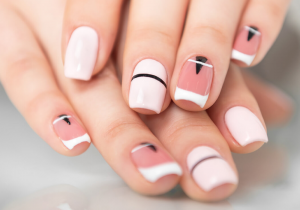Hair color is the pigments in hair that are made of natural or artificial materials. Many hair colors are temporary, washing out after a few shampoos, while other hair colors can last longer. There are also semi-permanent dyes that wash out gradually or eventually over time
Factors affecting Hair Color
1. Age
This is one of the most common factors affecting hair color. With age comes wisdom and gray hair. As we age, the pigment-producing cells that give our hair its color stop producing pigment. The first sign of graying is usually at the temples and then spreads throughout the rest of your head.
2. Genetics
Genetics also play a large role in determining your hair color as it is influenced by melanocytes and other mechanisms involved with pigment production in your body. This means that there are actually genes influencing what colors you have and do not have in your hair pigment, which makes this quite complicated to solve.

3. Environment
The environment plays a part in the color of your hair. If you live in a tropical area, your hair might be affected by the sun and turn blond or lighter. Weather and even chemicals in the environment can affect hair color. Hair dyes are one example of this and are used to change your natural hair color to something different than what it is naturally.
Hair Color Ideas:
1. Blonde Hair:
Blonde hair is often idealized as a symbol of beauty, especially for women who use synthetic dyes with an orange-yellow tint to tone down their natural brown or black shades. The best haircuts to achieve this look are long, layered, straight styles with side or center-parting. Here is a guide on how to get blonde hair in different skin tones.
2. Black Hair:
Black hair is a natural color for both men and women, achieved when the highest concentrations of eumelanin are present in hair. It is one of the most desired colors for many people who use artificial dyes because it is usually more resistant than lighter colors to fading and washing out. Here are some popular black female hairstyles.



